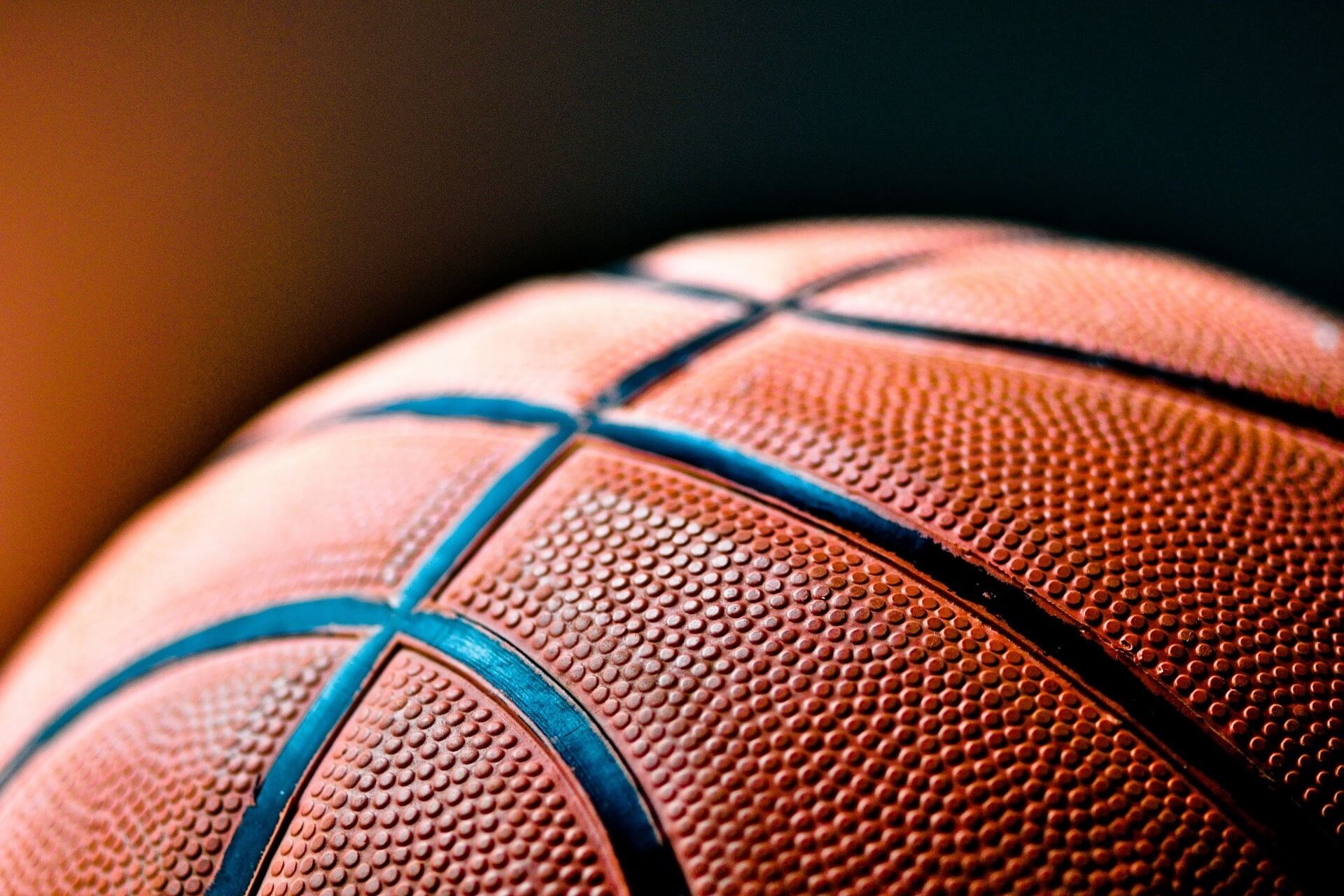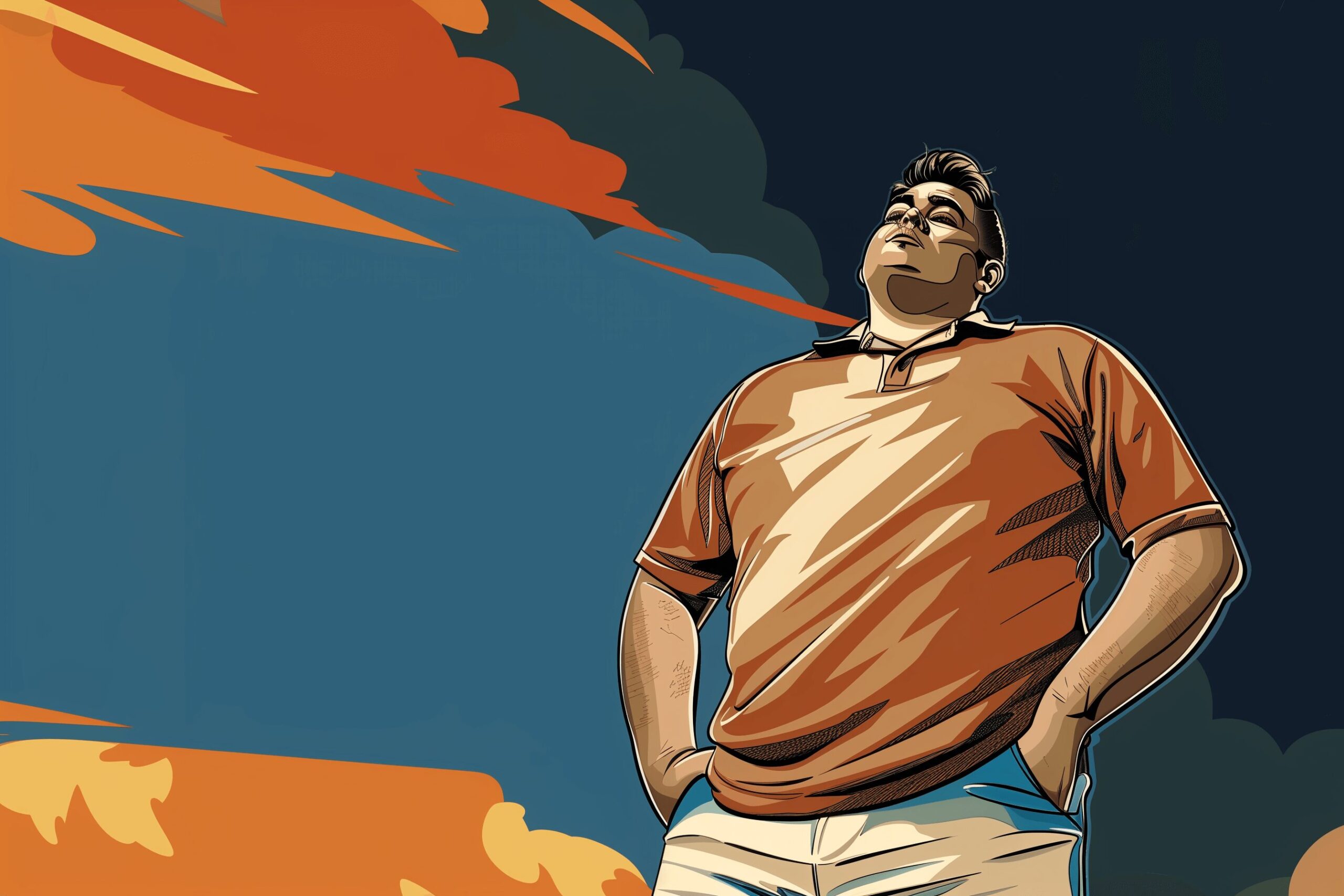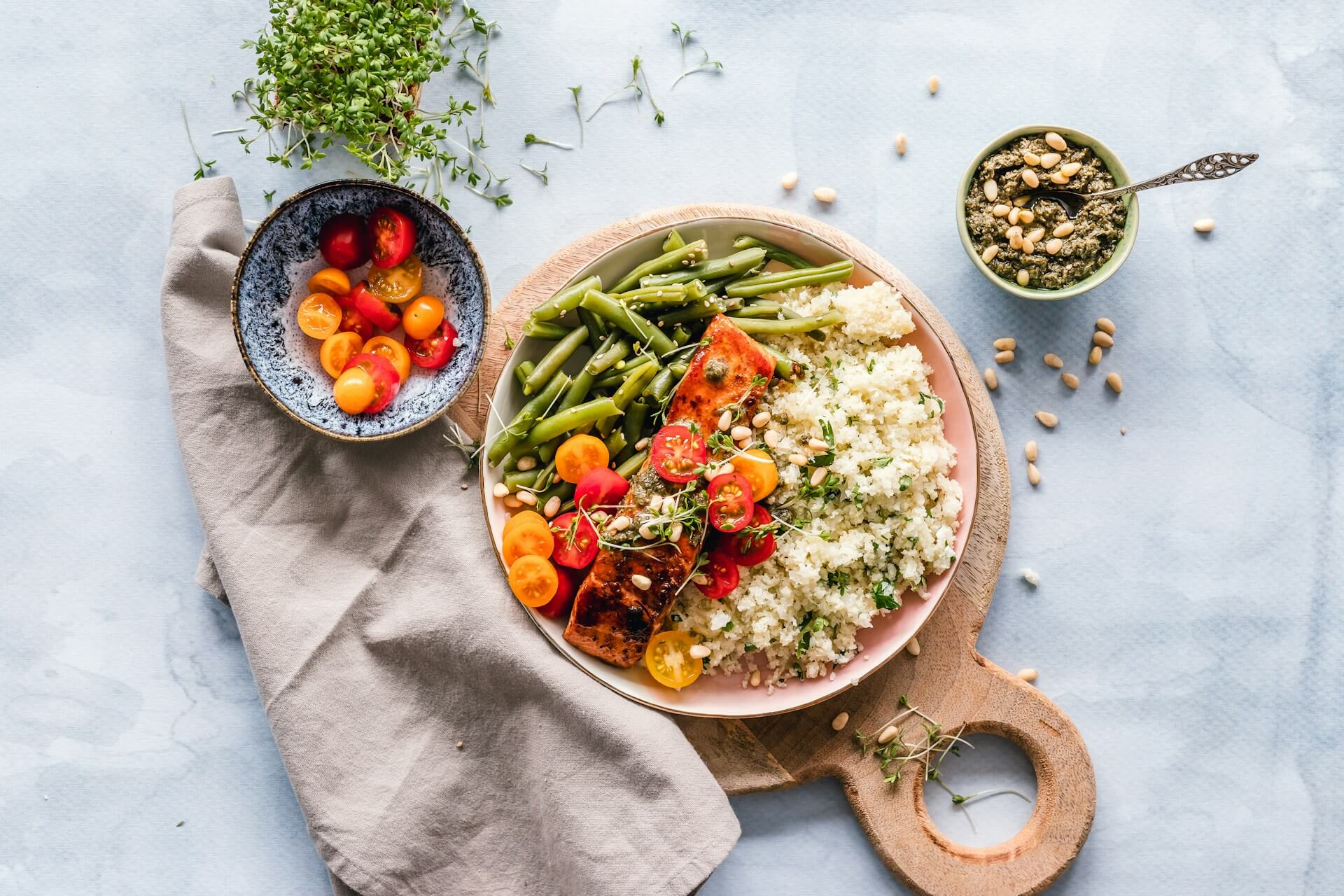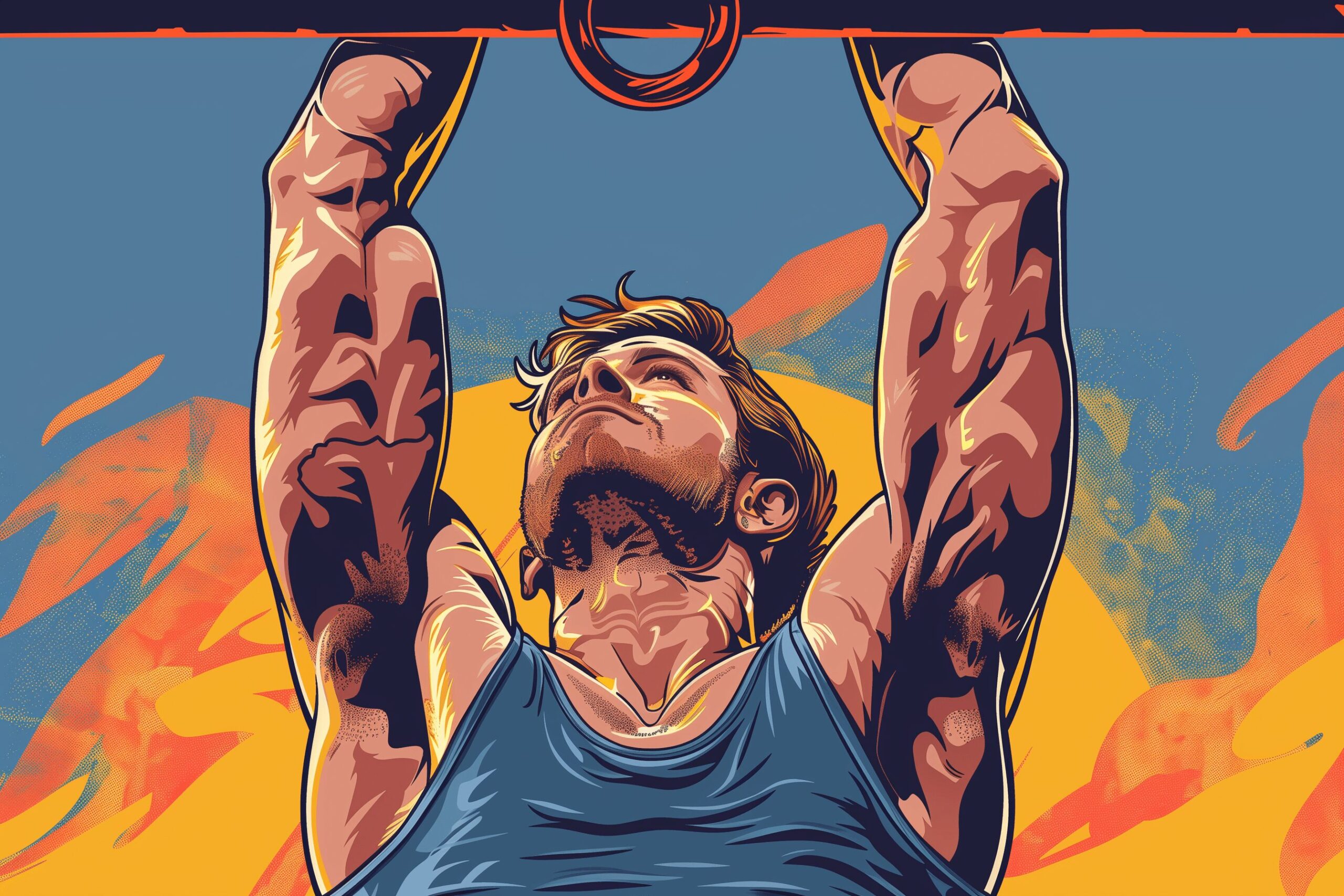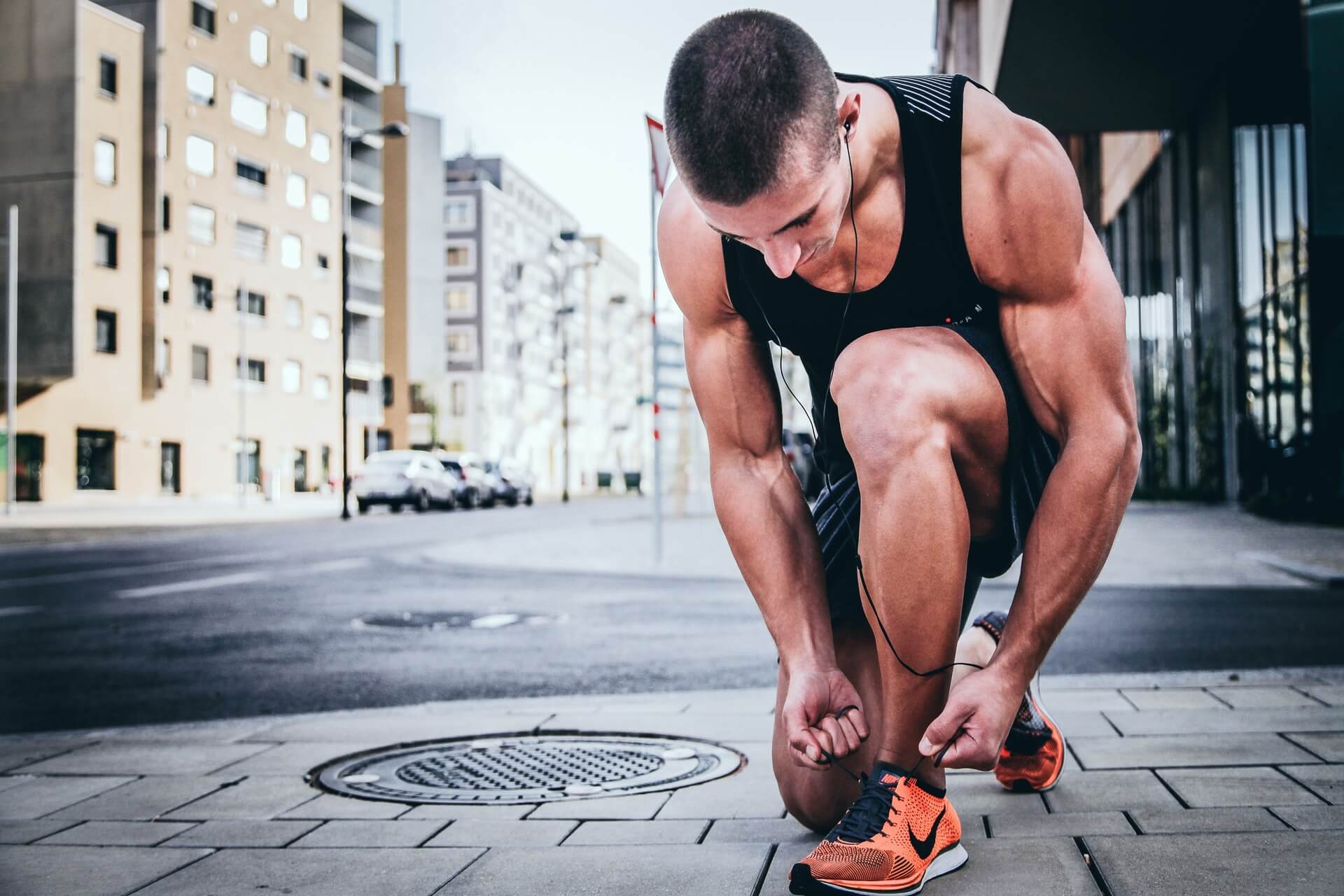Muay Thai Stances: What They Are and How to Do Them Properly
Jan 09, 2024
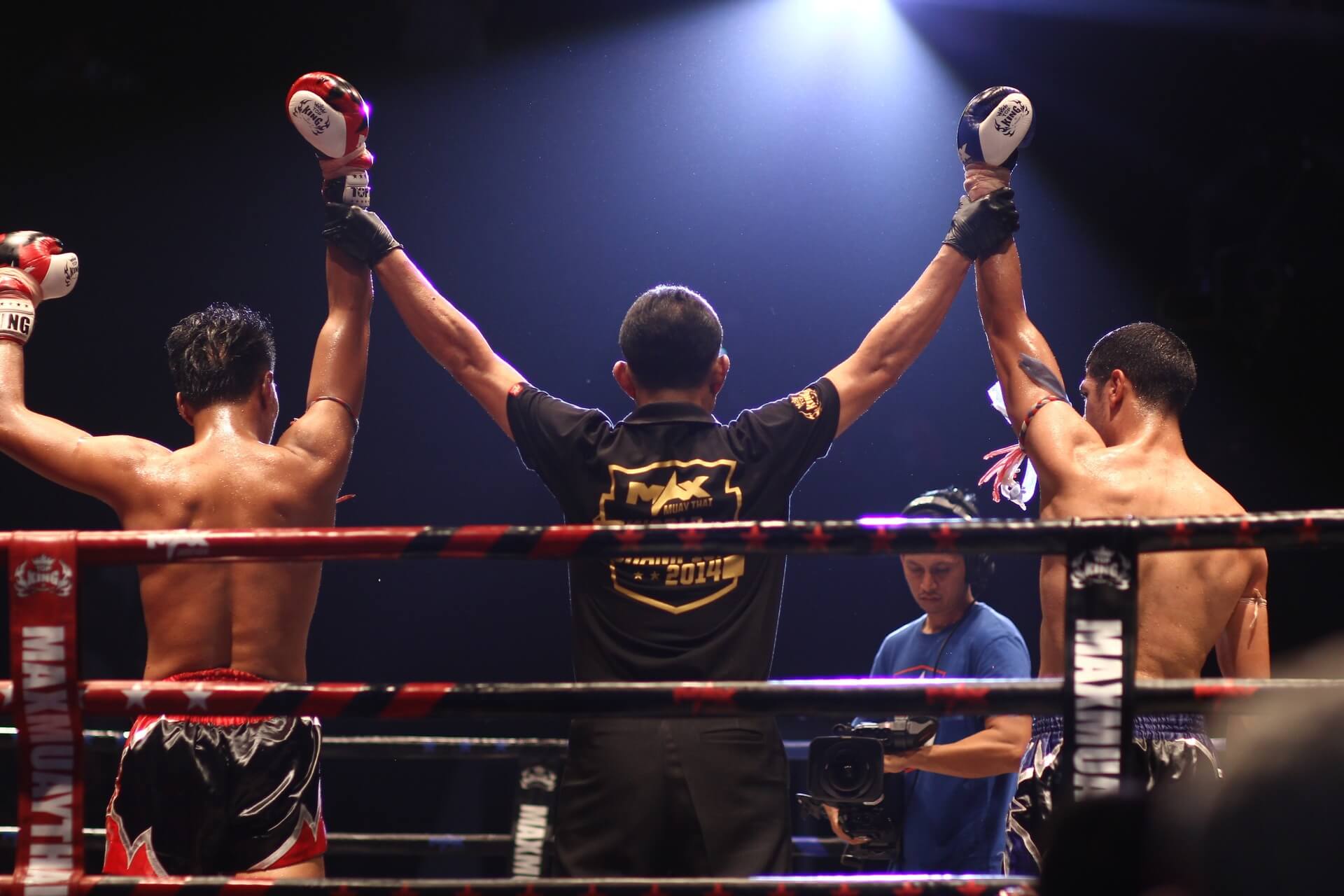
As an Amazon Associate, Modded gets commissions for purchases made through links in this post.
The Muay Thai stance is recognizable even if you’re unfamiliar with the Southeast Asian combat scene. There’s a reason for that.
Muay Thai — or Thai boxing — has influenced the ferocious skillsets of many blue-chip mixed martial artists, such as Anderson Silva, Jose Aldo, Shogun Rua, Donald Cerrone and Valentina Shevchenko. You may never see them fight like Sagat from Street Fighter, but mastering the fundamentals of the Muay Thai stance contributed to their success.
What Does “8 Limbs” Mean in Muay Thai?
“Eight limbs” refers to the eight body parts used for striking in Muay Thai — two fists, elbows, knees and shins. Hence, this discipline has earned the nickname “the art of the eight limbs.”
Muay Thai is the successor of Muay Boran, which allows a devastating ninth weapon — the head. The 1930s saw Thailand’s national sport codified, introducing new rules to render it a safer combat sport than its predecessor and make it more palatable to the sporting world.
The set of rules governing Thai boxing has influenced its stance. Unlike Muay Boran practitioners, whose center of gravity is lower to shield against groin area attacks, Nak Muays — Muay Thai fighters — and Nak Muay Farangs — foreign boxers — have a looser defensive posture to guard against padded gloves with an increased surface area.
How Many Muay Thai Stances Are There?
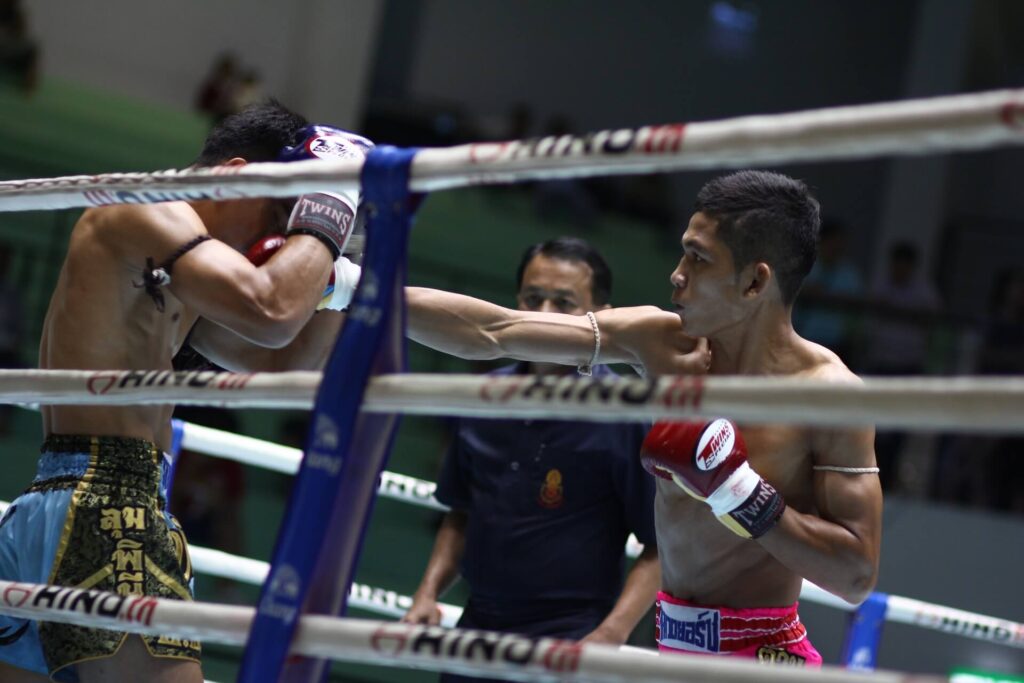
Similar to boxing, Muay Thai has two stances — orthodox and southpaw. The orthodox stance is when you stand with your left foot forward to generate more powerful blows from your dominant right side. In contrast, southpaw fighters stand with their right foot forward to hit harder from their dominant left side.
Orthodox and southpaw Thai boxing practitioners are easily distinguishable from one another. Some fighters make their dominant side more evident by wearing a uniquely colored anklet.
Whichever side you favor, the Muay Thai stance’s fundamentals remain the same. Learning how to correctly position your arms, elbows, head and feet is the key to unleashing effective attacks and forming solid defense.
Arm, Elbow and Head Positioning
In the ideal Thai boxing stance, your arms should hang naturally, causing the gap between your elbows slightly wider than the distance between your hands. When you feel like you’re forcing your elbows inward or outward, you’re doing it wrong.
Although your elbows should be far from your body, you must bring your arms closer when on the defensive. After resisting a slew of strikes, return them to normal position so they effortlessly hang in the air again.
Regarding your head, you must tilt your chin down without it resting on your chest. Tucking it this way allows your shoulders to protect your jaws from hooks from either direction.
Foot Placement
As a beginner, ensure your feet are slightly wider than your shoulders, with your knees somewhat bent. Start changing the distance between your feet only when you get comfortable with this basic stance and become more skilled.
You may need a wider base to execute specific maneuvers in your fighting style. Varying up the positions of your feet is an excellent technique to neutralize incoming attacks and let fly with striking combinations.
Weight Distribution
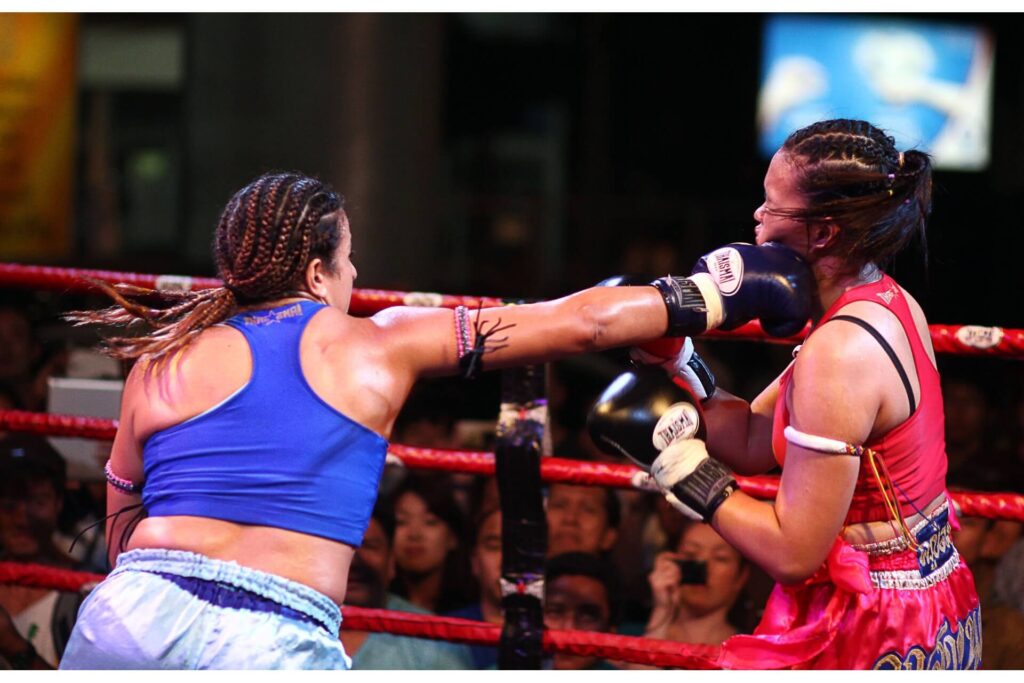
Thai boxing emphasizes evenly distributing weight over both legs to remain agile and balanced.
Putting too much weight on your front leg makes you less responsive to lead-leg low kicks. On the other hand, leaning too far backward affects your equilibrium and weakens your attacks, increasing your chances of hitting the canvas and preventing you from packing a punch when the opportunity presents itself.
Having said that, knowing when to shift your weight from over one leg to another matters. Learning to seamlessly and circumstantially redistribute it during the fight has offensive and defensive merits — a skill you can hone with practice and fighting experience.
Footwork
In Muay Thai, bouncing around the ring and quickly cutting the distance between you and your opponent like a professional boxer can be a recipe for disaster. Strikes can come from any of the eight limbs, so you must maintain a general stance as you advance, retreat and move laterally.
Specializing in a particular Thai boxing style may call for advanced footwork. For example, training to be a Muay femur may require developing high-level movements to deliver perfectly timed counters and accurate surprise strikes without absorbing contact. Swearing by the Muay khao or Muay buk style underscores aggression or brute force, respectively, so less sophisticated footwork may do.
Where Do You Keep Your Hands in Muay Thai?
Contrary to many pop culture depictions of Muay Thai fighters, your hands should brush against your forehead. Your thumbs must be next to your eyebrows, with your palms facing each other.
Martial arts video games and films erroneously portray Thai boxing practitioners as having their arms and elbows far from the sides of their bodies, their hands orienting away from their temples and their palms facing their foreheads. Such a stance invites disaster.
Should You Be Flat-Footed in Muay Thai?
Being flat-footed in Thai boxing can hinder motion fluidity. Being light on your feet when your heels touch the ground is challenging, so you must work on your arches to offset the disadvantages your flat feet bring.
Spins and calf raises are worthwhile strength exercises to develop your foot muscles and improve your arches. Stretching before practice can also increase your flexibility when moving your feet and ankles.
Regarding injury prevention, wearing footwear with adequate arch support and cushioning helps. Consider orthotics to reduce stress on your feet and alleviate any pain. As with any intense physical activity, sufficient warm-ups minimize the risk of muscle strain and sprain.
Most importantly, improve your Muay Thai mechanics. Learning to move and carry out techniques correctly helps prevent common flat-foot injuries.
Can You Switch Muay Thai Stances?
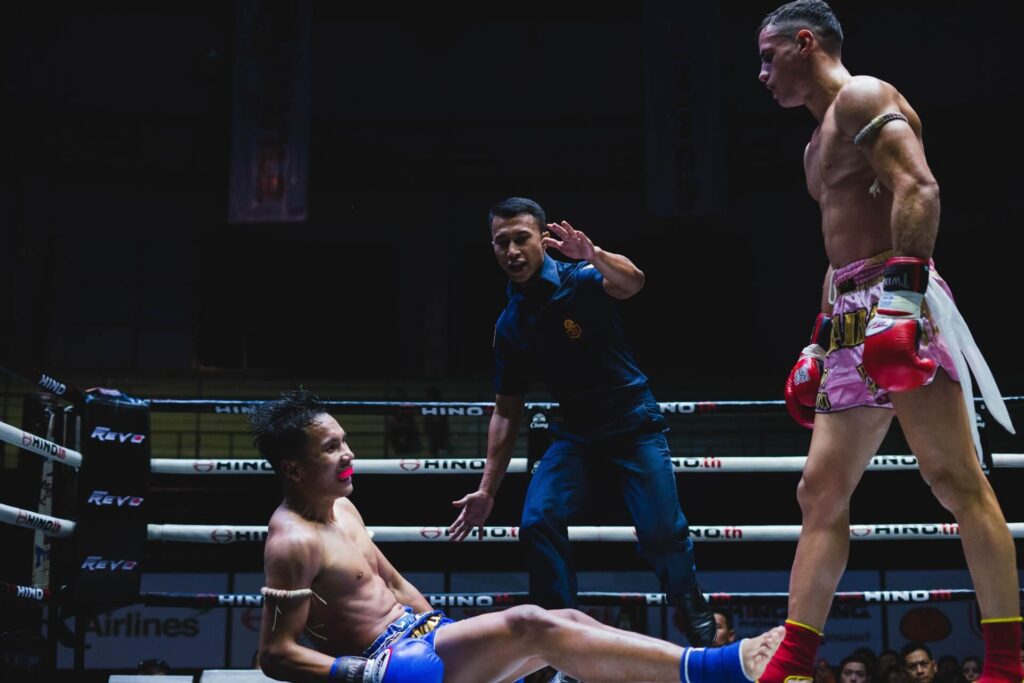
Yes, it’s legal to switch stances in Muay Thai. However, most fighters stick to being orthodox or southpaw to play to their strengths throughout the bout.
If you have the skill to fight effectively either way, changing Muay Thai stances gives you a tactical edge over one-dimensional competitors. Suddenly going from orthodox to southpaw, and vice versa, can throw your opponent off, make your body language harder to read and render your attacks less defendable.
Are You Tough Enough for Muay Thai?
Muay Thai is a beautifully brutal sport whose moveset is highly adaptable. No wonder most MMA fighters consider this discipline foundational. Even if you don’t train intensely in the art of the eight limbs, mastering its stance will elevate your combat chops.
